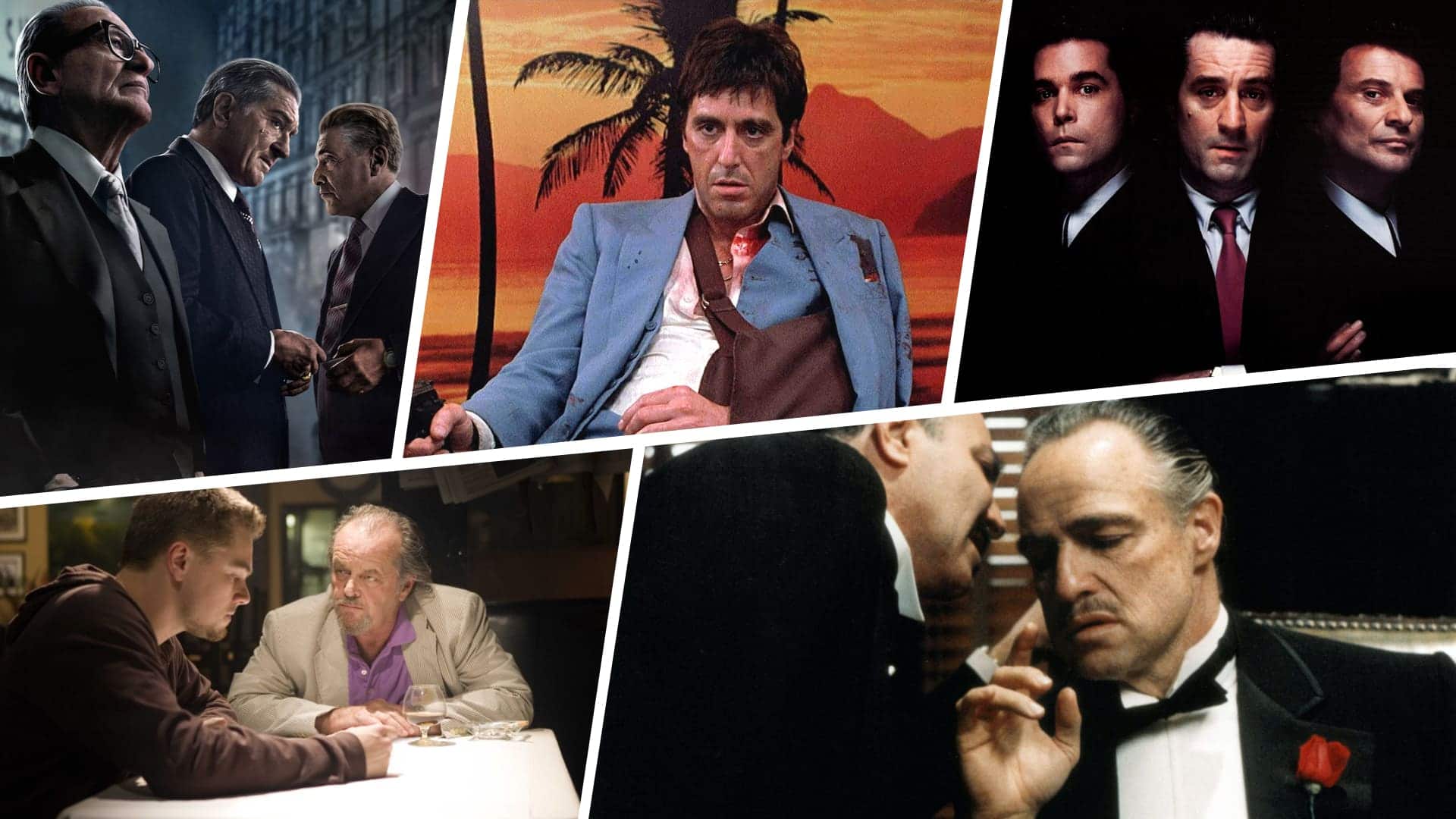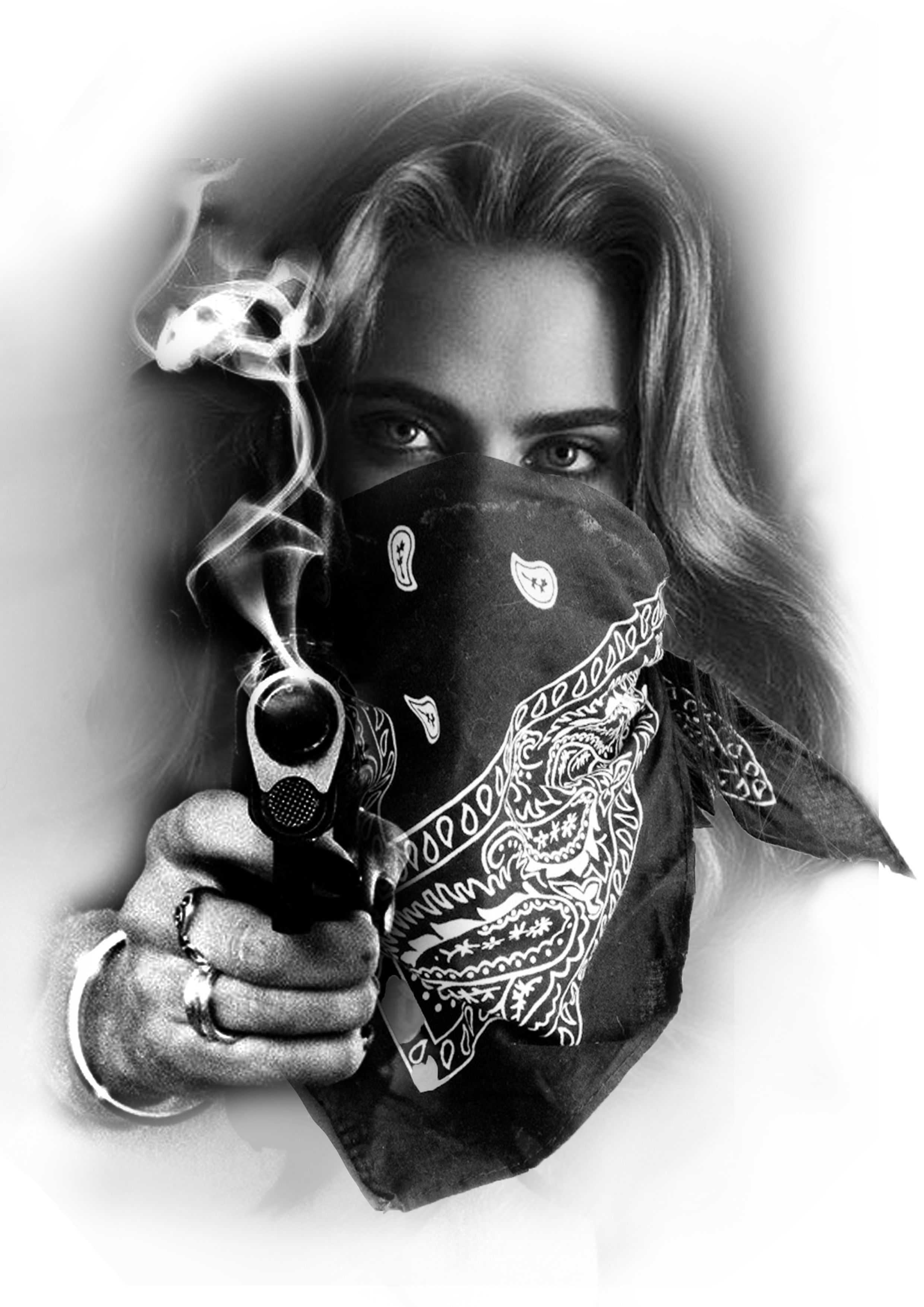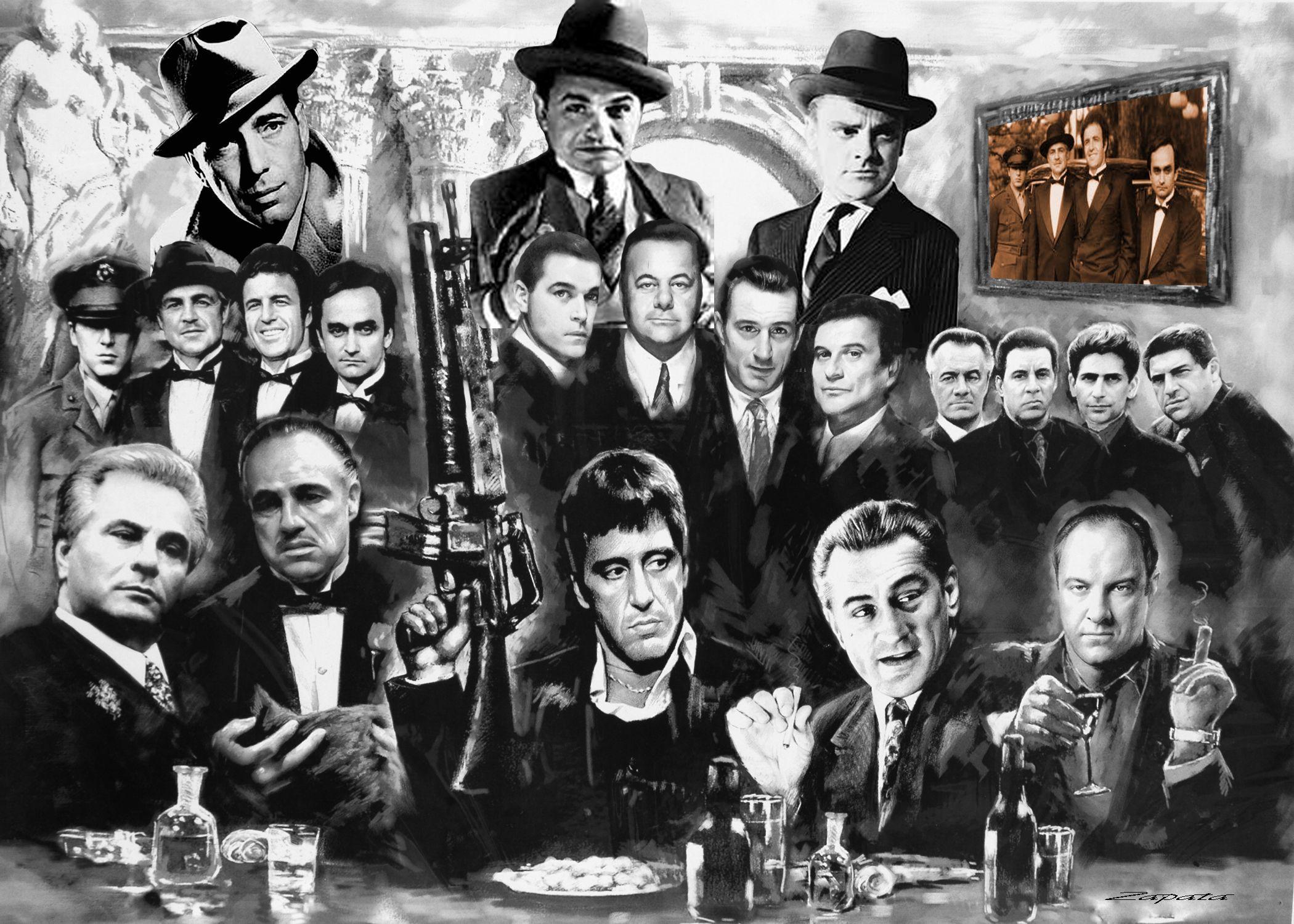Gangsters have always captured the imagination of people worldwide, symbolizing power, rebellion, and often a dark side of society. The term "popular gangster" refers to individuals whose actions, whether real or fictional, have left a lasting impact on history and popular culture. These figures are often associated with organized crime, violence, and influence in underground networks. Their stories, whether glorified or vilified, continue to fascinate audiences.
From Al Capone to modern-day crime lords, the world of popular gangsters is a complex tapestry of power struggles, betrayal, and resilience. This article will explore the lives of some of the most infamous gangsters, their impact on society, and how they have been immortalized in media and history. By understanding the context of their actions, we gain insight into the socio-economic conditions that often give rise to such figures.
As we delve deeper into the lives of these popular gangsters, it is important to recognize the ethical dilemmas and consequences of their actions. This article aims to provide a balanced view, highlighting both the allure and the dangers of the gangster lifestyle. Let's begin our journey into the underworld of organized crime.
Read also:Actor Who Plays Ragnar
Table of Contents
- Biography of Popular Gangsters
- The History of Gangsters
- Most Famous Gangsters
- Types of Crimes Committed
- Gangsters in Popular Culture
- Impact on Society
- Legal Consequences
- Psychology of Gangsters
- Modern-Day Gangsters
- Conclusion
Biography of Popular Gangsters
Key Figures in Gangster History
The biographies of popular gangsters offer a glimpse into the lives of individuals who rose to prominence through illicit means. One of the most well-known figures is Al Capone, whose reign in Chicago during the Prohibition era defined organized crime in the United States. Below is a table summarizing key details about some of the most famous gangsters:
| Name | Born | Died | Notable Crimes | Legacy |
|---|---|---|---|---|
| Al Capone | January 17, 1899 | January 25, 1947 | Bootlegging, racketeering | Iconic figure of Prohibition era |
| John Gotti | October 27, 1940 | June 3, 2002 | Racketeering, murder | Known as "The Teflon Don" |
| Pablo Escobar | December 1, 1949 | December 2, 1993 | Drug trafficking | Founder of Medellín Cartel |
The History of Gangsters
The history of gangsters dates back to the early 20th century, with the rise of organized crime during the Prohibition era in the United States. This period saw the emergence of powerful crime syndicates that controlled the illegal alcohol trade. The socio-economic conditions of the time, including widespread poverty and unemployment, contributed to the growth of criminal organizations.
Prohibition and Its Impact
- Prohibition led to a surge in illegal alcohol production and distribution.
- Gangsters capitalized on the demand for alcohol, establishing vast networks of bootlegging operations.
- Violence became a common tool for maintaining control over territories.
Most Famous Gangsters
Beyond Al Capone, there are several other popular gangsters whose names have become synonymous with organized crime. These individuals have left an indelible mark on history through their actions and influence.
John Gotti: The Teflon Don
John Gotti, known as "The Teflon Don," was a prominent member of the Gambino crime family. His charismatic personality and media presence made him a household name. Despite numerous charges, he evaded conviction for years, earning his infamous nickname.
Types of Crimes Committed
Popular gangsters are associated with a wide range of criminal activities, from drug trafficking to extortion. Understanding the types of crimes committed by these individuals provides insight into the mechanics of organized crime.
Drug Trafficking
- Pablo Escobar was one of the most notorious drug traffickers in history.
- His Medellín Cartel was responsible for smuggling vast quantities of cocaine into the United States.
- The profits from drug trafficking were used to finance lavish lifestyles and bribe officials.
Gangsters in Popular Culture
The allure of popular gangsters has been immortalized in films, books, and television shows. These portrayals often romanticize the gangster lifestyle, focusing on power and wealth while downplaying the violence and destruction caused by their actions.
Read also:Distance Of 5k Run In Miles
Iconic Movies
- "The Godfather" is one of the most celebrated films about organized crime.
- It explores the complexities of family loyalty and the morality of criminal enterprises.
- Other notable films include "Goodfellas" and "Scarface."
Impact on Society
The impact of popular gangsters on society extends beyond the immediate consequences of their crimes. Their actions have shaped public perception of crime and justice, influencing policies and law enforcement strategies.
Social Consequences
- Gangster activities have contributed to increased crime rates in certain areas.
- Communities affected by organized crime often experience social and economic instability.
- Efforts to combat gangsterism have led to the development of specialized law enforcement units.
Legal Consequences
Despite their power and influence, many popular gangsters have faced legal consequences for their actions. The justice system has played a crucial role in dismantling criminal organizations and bringing these individuals to account.
High-Profile Trials
- Al Capone was ultimately convicted of tax evasion, a charge that proved easier to prosecute than his other crimes.
- John Gotti's conviction in 1992 marked the decline of his criminal empire.
- These trials demonstrated the importance of evidence and cooperation from witnesses in securing convictions.
Psychology of Gangsters
Understanding the psychology of popular gangsters provides insight into their motivations and behaviors. Many gangsters exhibit traits associated with narcissism and a desire for power, often stemming from early life experiences.
Key Traits
- Gangsters often display a strong sense of loyalty to their organizations.
- They may engage in risky behaviors to assert dominance and control.
- Psychological factors such as trauma and social exclusion can contribute to their involvement in crime.
Modern-Day Gangsters
While the era of classic gangsters may have passed, modern-day crime syndicates continue to operate in various parts of the world. These organizations have adapted to changing circumstances, utilizing technology and global networks to expand their reach.
Global Reach
- Drug cartels in Mexico and South America remain a significant threat to regional stability.
- Cybercrime has emerged as a new frontier for organized crime, with gangs exploiting digital vulnerabilities.
- Efforts to combat modern-day gangsters require international cooperation and innovative strategies.
Conclusion
The world of popular gangsters is a fascinating yet troubling aspect of human history. From the Prohibition era to the present day, these individuals have left an indelible mark on society. By exploring their lives, crimes, and impact, we gain a deeper understanding of the complexities of organized crime.
We invite you to share your thoughts and insights in the comments below. Explore our other articles for more information on related topics. Together, let's continue the conversation about the legacy of popular gangsters and their influence on the world.


